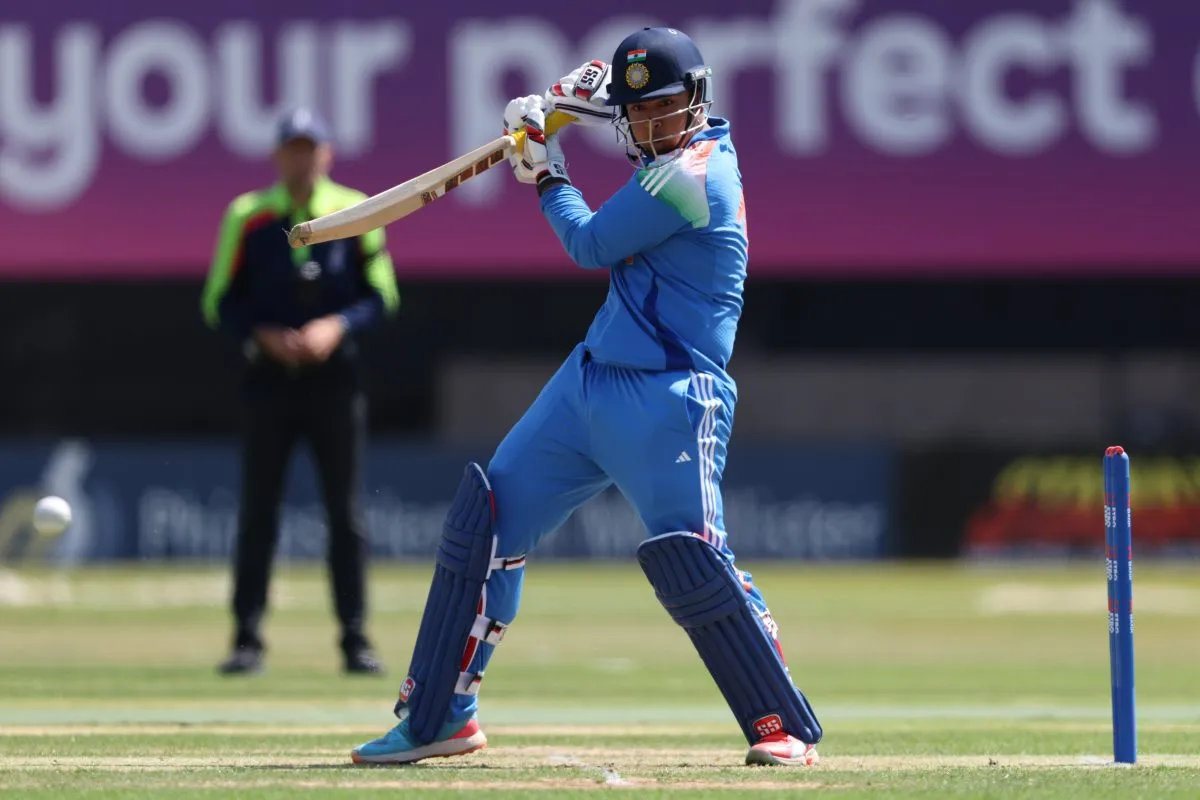Copyright cityam

As the amount of cricket increases again, those behind Test Twenty explain the business behind backing youth. Some would argue there’s enough cricket in the world, others would debate that we’ve got far too much. It often seems like a month cannot go by without a World Cup here or Test series there, but Gaurav Bahirvani is looking to add to the cricketing diaspora. Introducing Test Twenty, a new type of the sport looking to battle against England’s Hundred competition to be named the fourth format of cricket. A match will consist of 80 overs, 20 fewer than an ODI match but twice that of a Twenty20 International. Each side will bat twice, like in a Test match, across two 20-over innings. But here’s the twist: it isn’t for the likes of Ben Stokes, Virat Kohli or Steve Smith but for teenagers and the youth of the future. Bahirvani tells City AM that Parity Sports Services – a UAE firm predominantly controlled by the Indian entrepreneur – owns the IP and has “all the controlling rights of the league”. “I’ve had one strategic investor under the name of Apex [IT firm] and at the moment we are well funded, we don’t need any further money to take this forward. “We think with the revenue that will be generated through the registration, franchises and sponsorship, will be good enough for season two. We do want to go for a strategic round in year two after the second season, that’s where we believe the valuation will significantly jump.” Is Test Twenty cricket the answer? Bahirvani launched Test Twenty this month with AB de Villiers, Sir Clive Lloyd, Matthew Hayden, and Harbhajan Singh, who hold a mixture of founding board advisors and wider supporters. The league will launch next year in India, with long-term plans hoping to see Test Twenty head to new markets for cricket. Furthermore the targeting of younger players ensures the concept isn’t competing with established franchise cricket competitions such as the Indian Premier League, Hundred and Big Bash. But players like 14-year-old Vaibhav Suryavanshi, who scored a century in the IPL this year, almost prove that pathways already exist for the stars of tomorrow. Financial incentives, then, are key. “We’ll be in a position where we will also share a certain portion of the central revenue with the franchises every year,” Bahirvani concludes. “That’s a model that IPL has been following for years. We have committed up to 40 to 45 per cent of that central pool revenue being shared with all the franchises. “Our intention in the next three to five years is to make sure that number touches 50 per cent so let’s assume we make one million dollars, 500,000 is what we will distribute between the six franchises. “And going forward, obviously, as the valuation grows, the numbers grow in terms of media rights, sponsorship rights and so the pool size becomes much bigger as well.”



